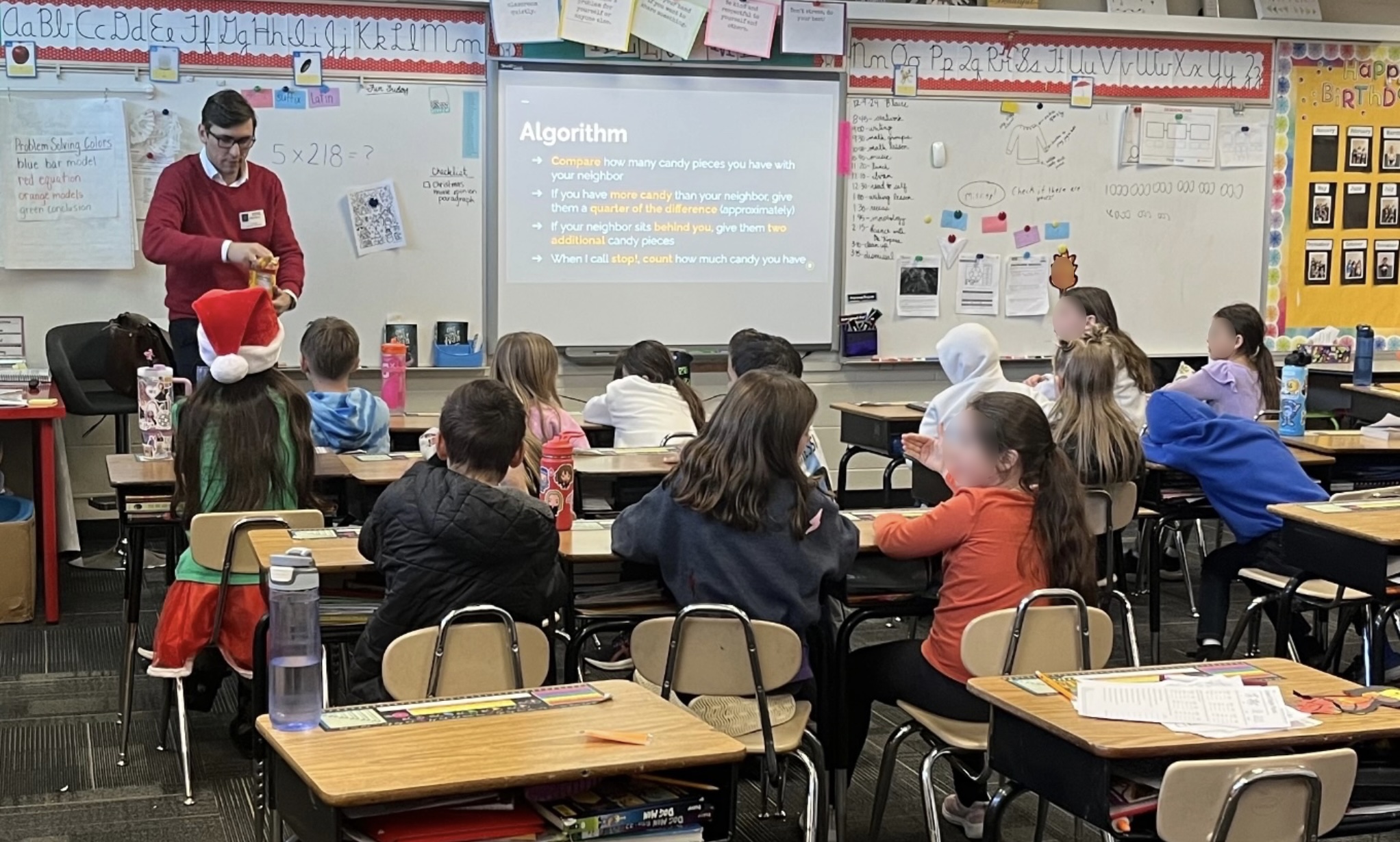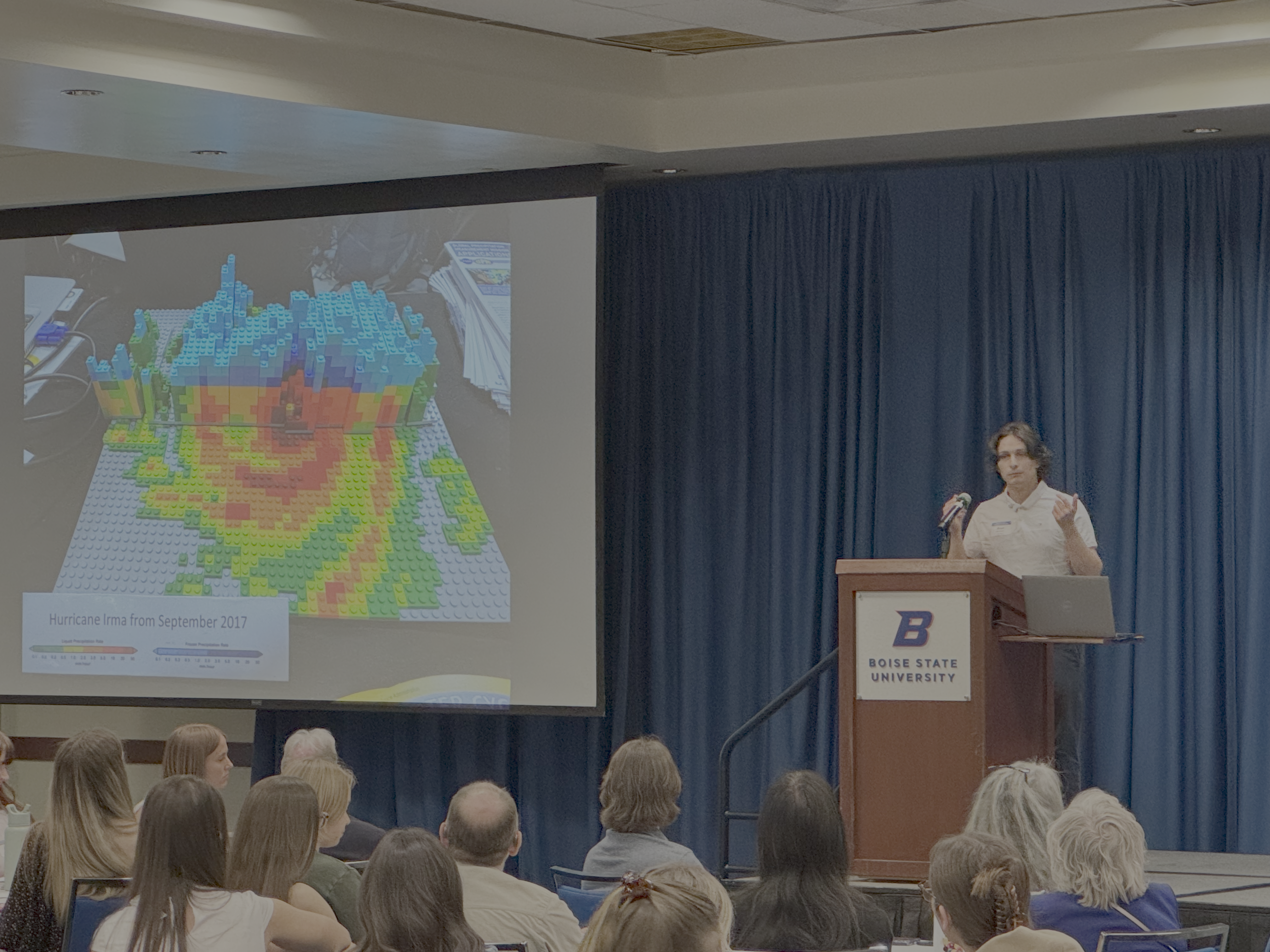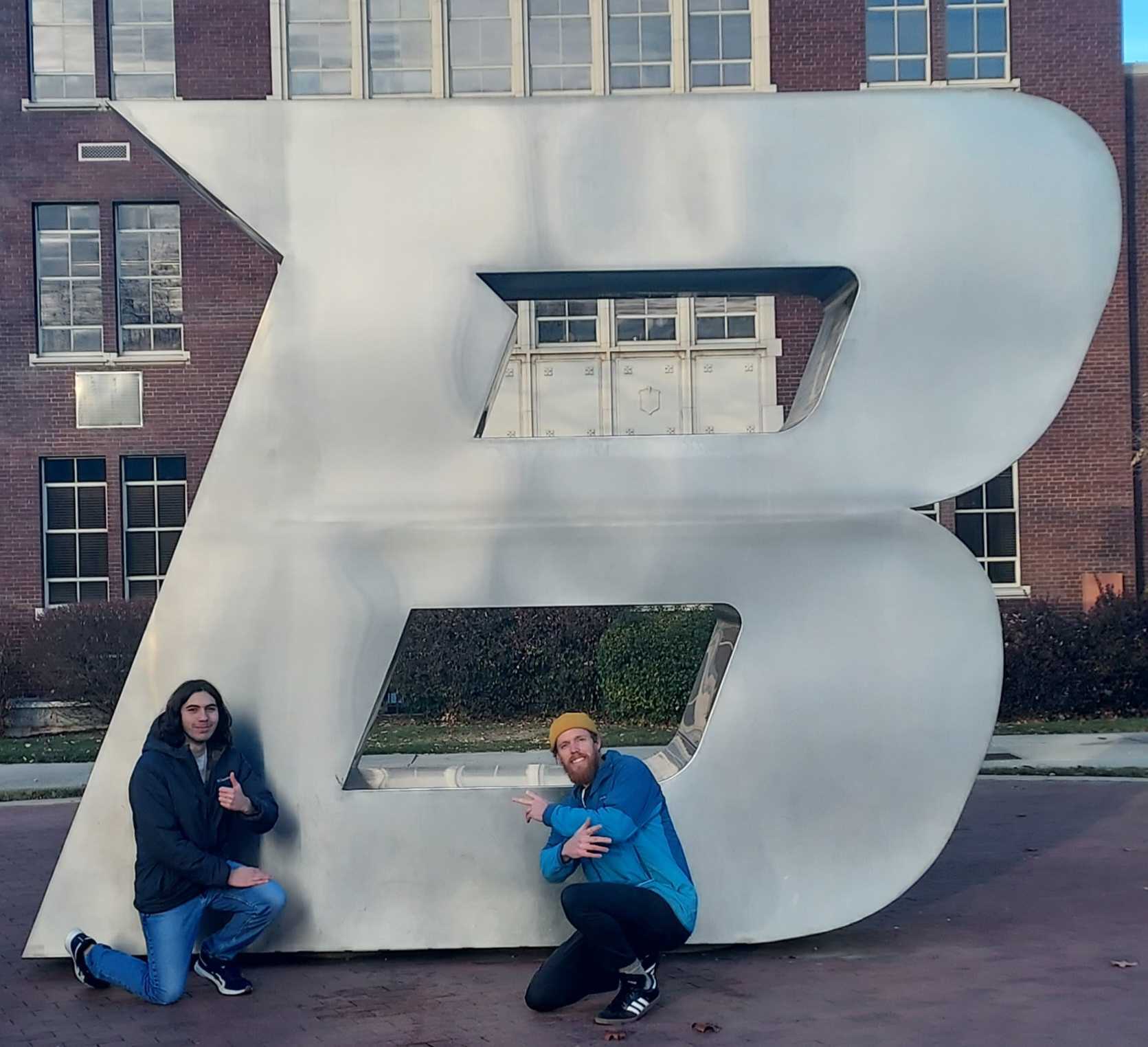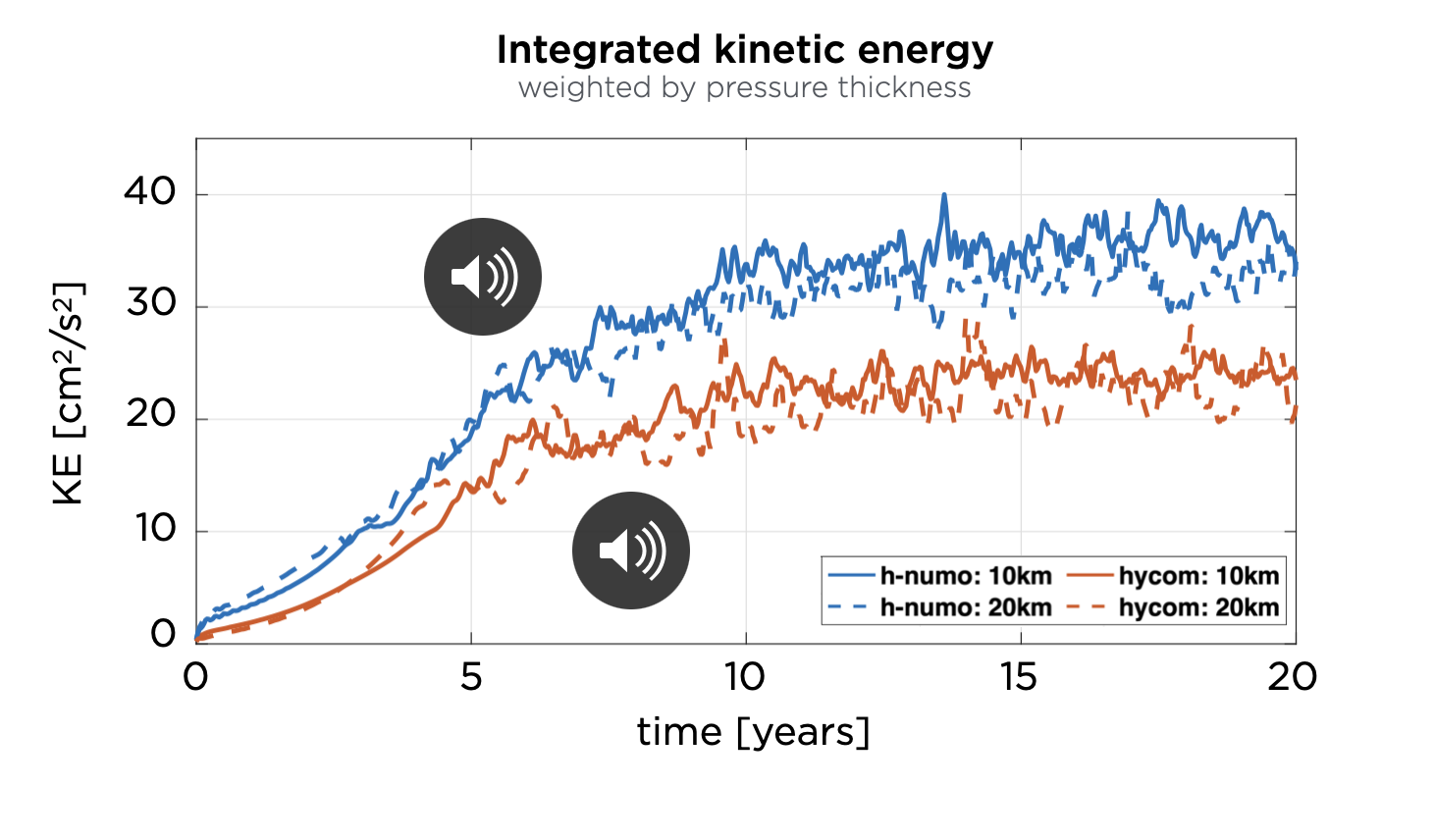Yesterday, I visited my son’s 4th-grade class to discuss mathematical modeling of wildfire smoke. Their science unit on wildfires was the perfect opportunity to connect what they’re learning in math—like solving equations and word problems—to solving real-world challenges. My goal was to treat these young learners seriously and introduce them to the power of mathematics, even its more advanced forms.
I decided to show them the full partial differential equation (PDE) that governs the advection and diffusion of wildfire smoke. As expected, the complex symbols—partial derivatives, gradients, and Laplace operators—initially startled them. But what happened next surprised me: instead of shutting down, they leaned in with curiosity. They began asking questions, wondering aloud what each term might mean.
We brainstormed the factors affecting smoke movement—like wind and the location of wildfires—and connected those ideas to the terms in the equation. For instance, the advection term represented how the wind carries smoke, while the source term described where and how much smoke enters the atmosphere. The students were particularly intrigued by the “triangles” in the equation (the nabla symbol), and we had a lively discussion about how any symbol—even a snowman—can be used in math, as long as its meaning is clear.
To make things more interactive, we played a candy-based game in which students mimicked the advection-diffusion process by exchanging candy according to predefined rules. The game was chaotic (predictably so, with candy involved), but it drove home the concepts in a playful, tangible way.
What struck me most was how willing the students were to engage with a complicated equation—not by solving it mechanically, but by understanding its purpose. The complexity didn’t intimidate them, and their curiosity led to thoughtful questions and ideas.
This experience made me wonder if shifting our focus in early math education from solving problems mechanically to exploring their purpose could reduce math anxiety and boost engagement. I think this is a question worth exploring further, and I’ll incorporate it into my future outreach efforts.
For now, I’m inspired by the enthusiasm of a group of 4th graders who reminded me that math, at its core, is about curiosity and connection.




